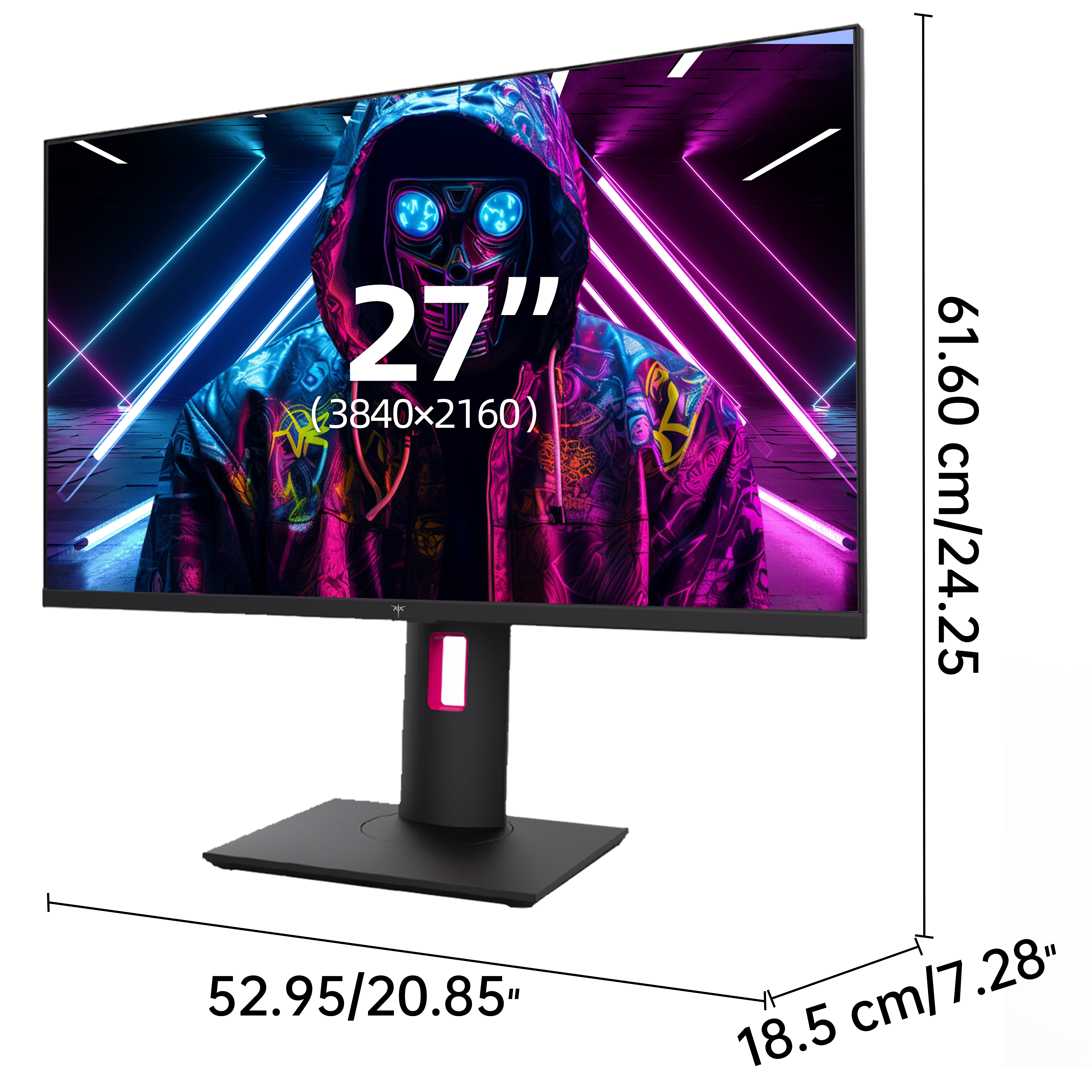Unlock the Secrets of IPS Monitors: Transform Your Viewing Experience Today!
In the rapidly evolving digital landscape, the right display technology can profoundly impact how we consume content, whether for work, gaming, or entertainment. Among the various types of monitors available, IPS (In-Plane Switching) technology has emerged as a favorite for many users, thanks to its superior color accuracy and wide viewing angles. IPS monitors are not just a trend; they represent a significant step forward in display technology, making them essential tools for professionals and casual users alike. This article delves into the intricacies of IPS monitors, exploring their features, benefits, and specifications, to help you make an informed decision for your next display purchase.

Understanding IPS Technology
IPS technology stands for In-Plane Switching, a method developed to overcome the limitations of older display technologies like Twisted Nematic (TN) and Vertical Alignment (VA). Unlike TN panels that align liquid crystals in a way that restricts light passage, IPS panels keep the crystals parallel to the screen, allowing for better light transmission. This unique structure enables IPS monitors to produce vibrant colors and maintain consistency across wider viewing angles. While TN panels are known for their fast response times, they often suffer from poor color reproduction and narrow viewing angles. VA panels, on the other hand, excel in contrast ratios but can struggle with color accuracy. Thus, IPS technology strikes a balance, offering both color fidelity and decent response times, making it a popular choice among designers, gamers, and everyday users.
Key Features of IPS Monitors
One of the standout features of IPS monitors is their exceptional color accuracy. They are capable of reproducing a wider color gamut, which means more vibrant and true-to-life colors. This is particularly beneficial for graphic designers and photographers who rely on precise color representation in their work. Another significant feature is the wide viewing angles, often reaching up to 178 degrees. This means that no matter from which angle you view the monitor, the colors and brightness remain consistent, making IPS monitors ideal for collaborative work environments or shared entertainment setups. Additionally, modern IPS monitors have improved in terms of response times, making them suitable for gaming where quick reflexes are essential, although they may still lag slightly compared to their TN counterparts.
Benefits of Using IPS Monitors
Using an IPS monitor comes with a plethora of advantages, particularly for users in creative fields. For graphic designers, the color reproduction capabilities of IPS monitors ensure that the colors they see on-screen match what will be printed or displayed elsewhere. Gamers also benefit from the enhanced visuals and reduced color distortion during gameplay, which can lead to an overall more immersive experience. Moreover, the eye comfort offered by IPS monitors cannot be overlooked; the consistent brightness and color quality reduce eye strain during long hours of use. Friends of mine who spend countless hours working on digital art have shared how switching to an IPS monitor has significantly improved their productivity and enjoyment, as they no longer need to second-guess color choices due to monitor discrepancies.
Specifications to Consider When Choosing an IPS Monitor
When selecting an IPS monitor, several key specifications should be taken into account to ensure it meets your specific needs. Resolution is one of the most critical factors; higher resolutions like 4K offer sharper images, which is beneficial for detailed work and gaming. Refresh rate is another important specification, especially for gamers; opting for monitors with refresh rates of 144Hz or higher can result in smoother gameplay. Connectivity options are also crucial; ensure the monitor has the necessary ports (HDMI, DisplayPort, USB-C) to connect with your devices. Additionally, consider the panel quality; while most IPS monitors provide excellent color accuracy, some models have superior panel technologies that enhance brightness and contrast. It’s advisable to assess your primary use case—whether it’s gaming, video editing, or general use—to make the best selection.
Elevate Your Viewing Experience with IPS Technology
In summary, IPS monitors stand out as a superior choice for users seeking exceptional color accuracy, wide viewing angles, and overall enhanced visual experiences. Whether you're a professional designer, a gamer, or someone who simply enjoys watching movies and shows, investing in an IPS monitor can transform how you interact with digital content. As technology continues to advance, these monitors are becoming more accessible and feature-rich, making them a worthy consideration for your next purchase. Embrace the vibrant world of IPS technology and elevate your viewing experience today!




